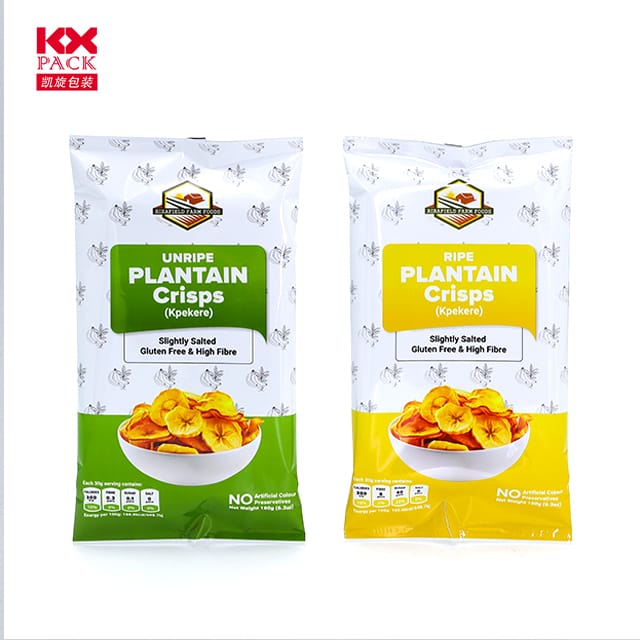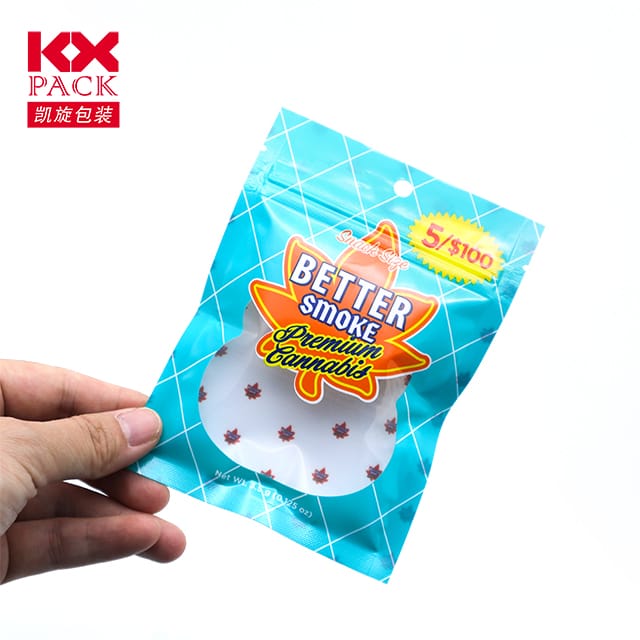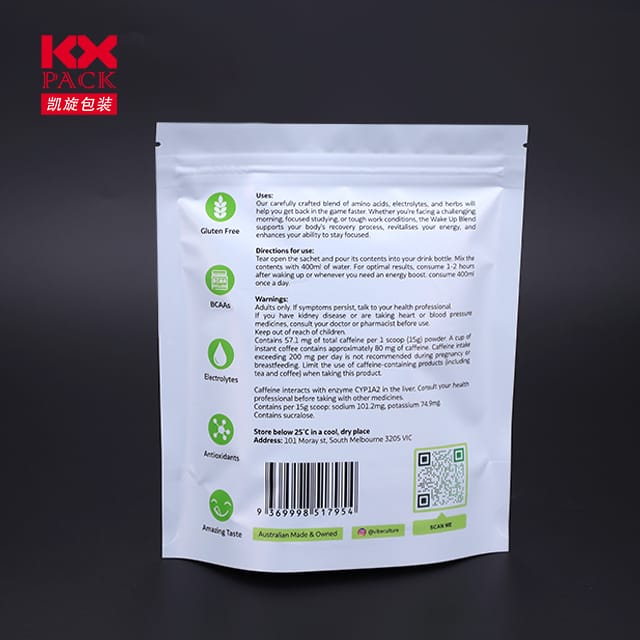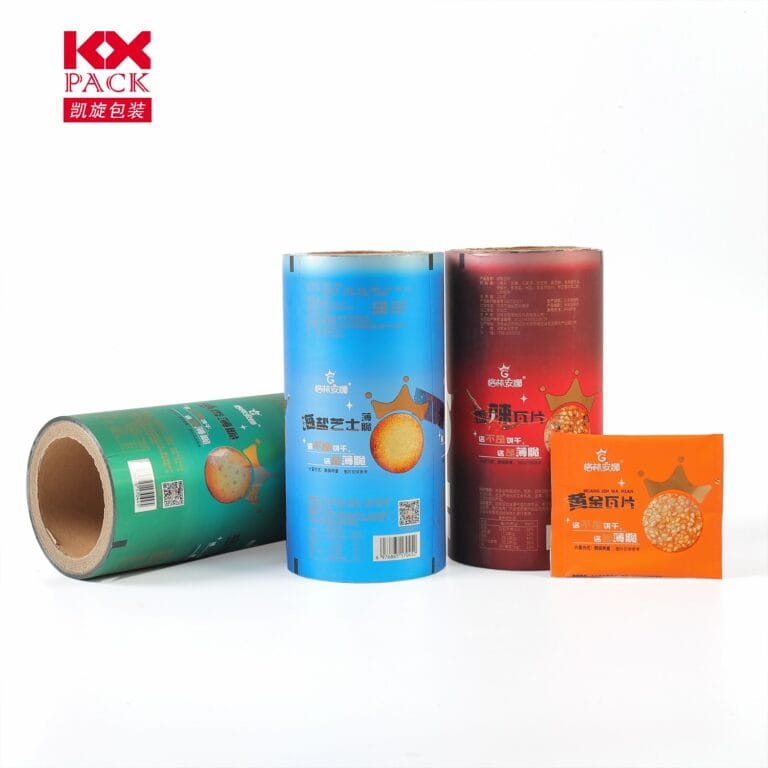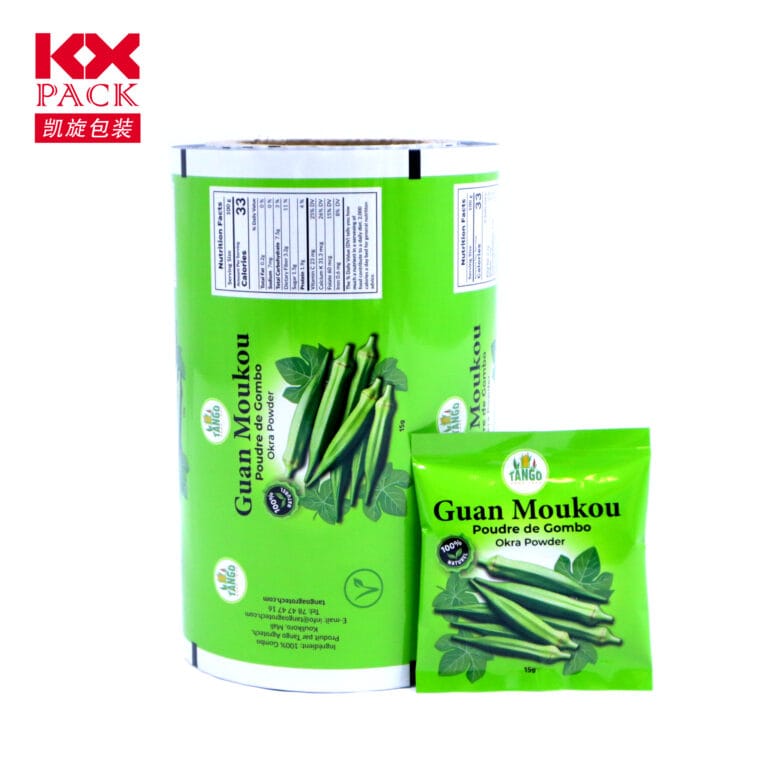Unwrapping the Truth: The Impact of Food Wrapping Plastic Film and Sustainable Alternatives(7)
Food Wrapping Plastic Film
In our fast-paced lives, پلاسٹک کی لپیٹ ایک باورچی خانے کا اہم مقام بن گیا ہے, convenient, اور بظاہر ناگزیر. لیکن جیسے جیسے ماحولیاتی خدشات بڑھتے ہیں, it’s time to take a closer look at the thin, transparent film we use daily. Let’s unwrap the facts about food wrapping plastic film, its impact, and how we can make smarter choices.
What Is Food Wrapping Plastic Film?
Food Wrapping Plastic Film, often called “پلاسٹک کی لپیٹ” یا “cling film,” is typically made from polyethylene (PE), a lightweight and flexible plastic polymer. It’s designed to cling tightly to containers, keeping food fresh by blocking air and moisture. While it’s undeniably handy for covering leftovers, wrapping sandwiches, or storing produce, its convenience comes at a cost.
The Environmental Toll
- Single-Use Plastic Waste
Plastic wrap is a single-use item, meaning it’s used once and discarded. Only 9% of global plastic waste is recycled, اور Food Wrapping Plastic Film is notoriously difficult to recycle due to its thin, stretchy texture. Most ends up in landfills, where it can take centuries to decompose, or worse—pollutes oceans and rivers. - Microplastic Contamination
As plastic film breaks down, it fragments into microplastics, which infiltrate soil, water, and even the food chain. Studies show humans ingest تک 5 grams of microplastics weekly via food and water—a concerning statistic with unknown long-term health impacts. - Carbon Footprint
The production of plastic film relies on fossil fuels, contributing to greenhouse gas emissions. Manufacturing just 1 kilogram of polyethylene generates around 2.3 kilograms of CO2.
Is There a Safer Alternative?
جی ہاں! Eco-conscious brands and individuals are pioneering alternatives that balance practicality with sustainability:
- Reusable Wraps
- موم لپیٹ: Coated in beeswax, jojoba oil, and tree resin, these cloths mold around containers and can be washed and reused for up to a year.
- Silicone Lids: Stretchy, airtight lids that fit over bowls and containers, dishwasher-safe and durable.
- کمپوسٹ ایبل فلمیں
Made from plant-based materials like cornstarch or potato starch, these films break down in industrial composting facilities. البتہ, they’re not suitable for home composting and require specific conditions to decompose fully. - گلاس یا سٹینلیس سٹیل کے کنٹینر
Ditch single-use plastics entirely with airtight containers that last a lifetime. Pair them with silicone lids or cloth covers for zero-waste storage.
How to Reduce Your Plastic Film Use
- Buy in Bulk: Purchase larger quantities of food to minimize packaging waste.
- Plan Meals: Reduce leftovers by cooking only what you need.
- DIY Alternatives: Make your own beeswax wraps using fabric scraps and beeswax pellets.
- Recycle Right: Check local recycling guidelines—some areas accept clean plastic wrap for recycling.
The Future of Food Preservation
Innovation is key. Companies are exploringedible coatings (made from ingredients like chitosan or lactic acid) اورmycelium-based materials (fungal networks that biodegrade naturally). While these solutions are still emerging, consumer demand can drive their adoption.
Your Choice Matters
Every time you reach for plastic wrap, یاد رکھیں: There’s a more sustainable way to protect your food. By opting for reusable or compostable alternatives, you’re not just preserving freshness—you’re helping preserve the planet.
Let’s cling to change, not plastic. 🌍
Has this inspired you to rethink your kitchen habits? Share your favorite eco-friendly food storage hacks below!
کلیدی الفاظ: food wrapping plastic film, sustainable alternatives, plastic pollution, eco-friendly kitchen, compostable wraps, microplastics, reusable containers

